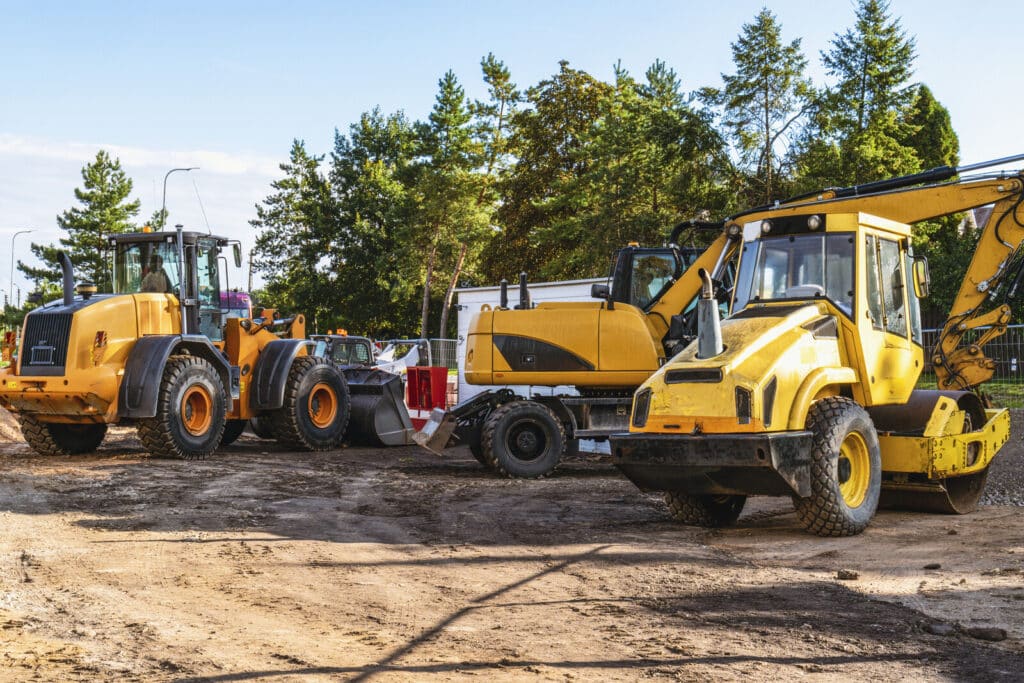Rental industry fleet utilization down 10%
Ryder System commercial rental revenue fell 10% YoY
Equipment rental companies Herc Rentals, Ryder System and United Rentals saw rental fleet utilization rates decline in the second quarter as rates normalized following pandemic highs.
Herc Rentals’ dollar utilization rate in Q2 was 40.3%, down 2.2 percentage points year over year, according to the company’s earnings presentation. The company’s average age of disposals was 90 months and its average fleet age sat at 46 months as of June 30, with the average fleet costs at original equipment cost increasing 25% YoY.
“We do not anticipate dollar utilizations getting back to 2022 levels,” Herc Rentals Senior Vice President and Chief Financial Officer Mark Humphrey said during the company’s July 27 earnings call. “We won’t be running as hot in 2023 as we did in 2022.”
Herc Rentals rental revenue increased to a record $702 million in Q2, up 16% YoY on 7.8% higher pricing, according to a July 25 10-Q filing.
Ryder rental revenue down 10%
Ryder System’s commercial rental revenue for Q2 was $301 million, down 10.4% YoY, according to its July 26 10-Q filing. Rental power-fleet utilization was 75%, down 10 percentage points YoY compared with Q2 2022’s record utilization rate when factoring in a 1% smaller average power fleet.
Lower utilization was partially offset by a 2% pricing increase and unit redeployment to fulfill other commitments, Chairman and Chief Executive Officer Robert Sanchez said during the company’s July 26 earnings call.
“In response to weakening used-vehicle and rental demand, we are redeploying underutilized rental vehicles to fulfill lease, dedicated and supply chain contracts,” he said.
“This elevated level of redeployment activity is enabling us to fulfill lease contracts sooner and is also contributing to higher lease fleet growth,” Sanchez said. “In 2023, we expect to redeploy between 3,000 and 4,000 units to align our rental fleet with demand conditions.”
United Rentals’ productivity negative

United Rentals’ fleet productivity, which reflects the combined impact of changes in rental rates, time utilization and mix on owned equipment rental revenue, was negative for the first time since Q1 2021, landing at -2% in Q2 2023,
“We want to improve utilization over the long-term trend; we haven’t had a normal year in three years,” United Rentals Chief Executive Matthew Flannery said during the company’s July 27 earnings call. “When you think about the COVID year, and then the two years of not being able to get fleet at the proper cadence, we will revert back to continuing to try to drive better metrics.”
Meanwhile, United Rentals’ equipment rental revenue for Q2 was $3 billion, up 21.1% YoY, according to the company’s earnings release.









